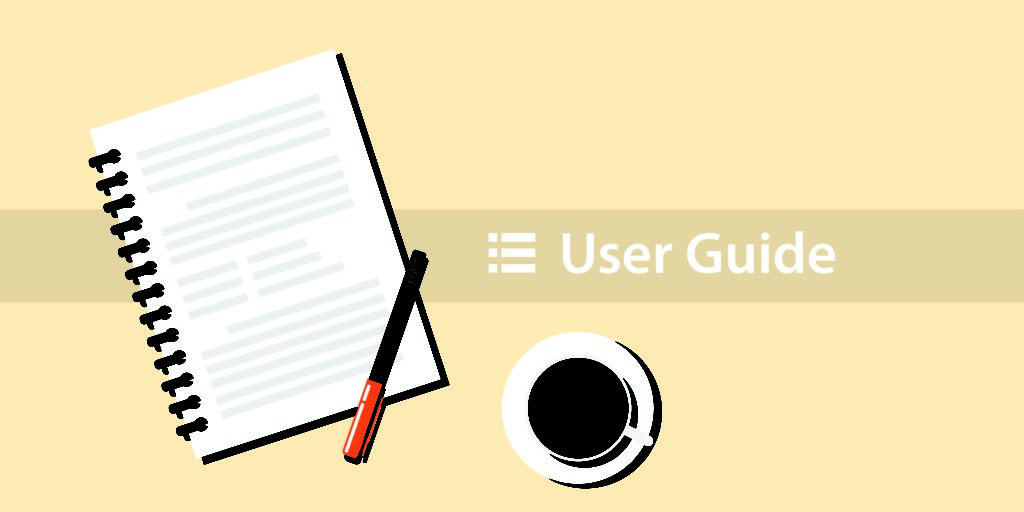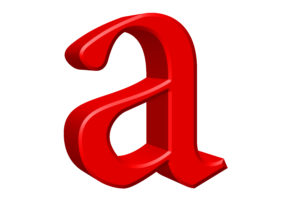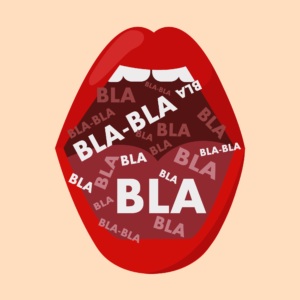How Writing Style Can Skyrocket Your Social Posts
“Style” in the context of writing for social media marketing often has two different definitions.
The first is that recognizable je ne sais quoi that identifies someone or something as fashionable, fun, in the know and on the go. As in, “Lady Gaga has a certain style about her.”
The second is the more mundane meaning as in the AP Stylebook and the Chicago Manual of Style. These universally-accepted authorities of usage, grammar, spelling and punctuation are decidedly non-stylish in tone and gravity, but extremely desirable for proofreading a manuscript going to the publisher.
Writing for social media is a very specialized form of content creation, and ultimately, lead generation. To be good, a social marketing writer must understand the audience and advantages of each of the social networks. To be really good, that same writer must eat, drink and sleep brand identity and industry buzz to crank out a million little chirpy posts of audacious engagement every day.
This blog is specifically about writing style. For a look at all the ways you can generate unlimited subject matter (content) to gain an online presence by posting frequently on social media platforms like LinkedIn, see my previous blog.
Part I: Establish an In-House Style Guide

Whether you outsource to a content writing agency, or do it yourself, everyone in your organization who writes for social media literally has to be on the same page. You may say tomato and I say tomahto, but we all agree to spell it the same way as set down in the official style guide.
Every company, no matter how small, has to watch what they put out there “in print” so to speak. It’s part of the overall image. The minute a customer sees, heaven forbid, the company name spelled wrong in a post or punctuated two different ways, they can assume they’re either dealing with Bozos or quality and precision just don’t matter in your company. Either way, the confidence level plummets. Use your noodle. By deciding up front if you call it spaghetti or pasta and sticking with it, you reinforce the image (casual joint or upscale eatery) and show professionalism.
While the example above may seem as plain as the meatball on your plate, you’d be amazed at how many inconsistencies we find every day. That’s why it’s essential to compile all the variables that face your business specifically. This is our house style guide, it may be odd, it may even be (horrors!) grammatically incorrect, but this is how we do it here at Gidget’s McWonderful Widgets.
Here are a few situations a Style Guide could settle:
Capitalization

How do you capitalize your product? Are prepositions capitalized despite your AP Style recommendations? IHOP could just as easily have been IHoP or Ihop. You have to decide ahead of time if it’s Pumpkin Spice and Cinn-A-Stack or PUMPKIN SPICE and CINN’A’STACK. That’s easy, they are registered product names with no deviation. It gets complicated when you add IHOP’s new beer called (I kid you not) IHOPS or IHOP’S IHOPS.
Abbreviations

Do you ever spell out International House of Pancakes? Can it ever be I.H.O.P.?
The product name is Mozza Sticks not Mozzarella Sticks. These are pretty easy answers but what about ordinary things like
- RSVP or r.s.v.p.
- 4.99 or $4.99
- & or and
- Highway or Hwy or Hwy.
- Taglines
IHOP is America’s Restaurant. Not AMERiCAS Restaurante. Not pancake house. Not roadside favorite. Not 24-hour haunt. Don’t take liberties with proprietary interests.
Oxford Comma

This single punctuation choice causes as much controversy as a Supreme Court hearing. It simply means using a comma after the second-to-the-last word in a string of words such as,
“I’ll have scrambled eggs, bacon, hash browns, and biscuits.” For some reason, people feel very strongly about this. “We use the Oxford comma here at ABC Company” has as much clout as “We came over on the Mayflower,” it seems.
In summary, an internal writing style guide gives multiple users, including freelancers, a quick reference to save time and ensure consistency. As options come up, make a decision and add it to the guide. Then, enforce it.
Part II: What’s Your Style? Are you Gaga or Bla Bla?

Established brands have their own vibe, voice and vocabulary. When I watch John Oliver I don’t expect him to seriously try to sell me a revolutionary new eye cream. He may make fun of it and casually work in the word hemorrhoids. That’s because his style is funny, irreverent, iconoclastic and controversial.
It’s okay for risk-reputed The Motley Fool to tweet about picking smoking-hot new marijuana stocks. Their style is educational and confident yet screw-the-system provocative. But I’m not ready to see this weed-greed sprout up in my JPMorgan statement just yet. Their style remains conservative, balanced, cautiously optimistic, prudent (and just where I want my paltry life savings to be, thank you very much!)
#Hashtag Helper

Using hashtags can give your posts credibility, open up further discussion and align your insights with current trends and thinking. But again, they have to make sense when considered against your overall writing style. John Oliver might tweet “Revolutionary Eye Cream Melts Years in a Blink” #hemorrhoids. That’s funny. It’s like a little set up and punchline in a comedy routine.
JPMorgan, on the other hand, might set up a Facebook post with a link to an article in forbes.com by stating, “Russian Super Highway Boosts China’s 5-Year Forecast” followed by #polarsilkroad. The hashtag is a strong incentive to follow through and read the story, especially if you’ve never heard of the Polar Silk Road project.
In summary, the takeaway is “state your style and stick to it.” Just as there are some who find coding, algorithms and artificial intelligence to be as intoxicating as a night in Vegas, there are those, too, who find punctuation and spelling to be Nirvana incarnate. Let these fine folks proofread your posts and you’ll avoid embarrassment and legal entanglement.
What you say and how you say it sets up your posting style. Readers will expect constancy from you but that doesn’t mean you can’t be constantly trying to up your game. If you need guidance in creative social media, we’re always here to help.






